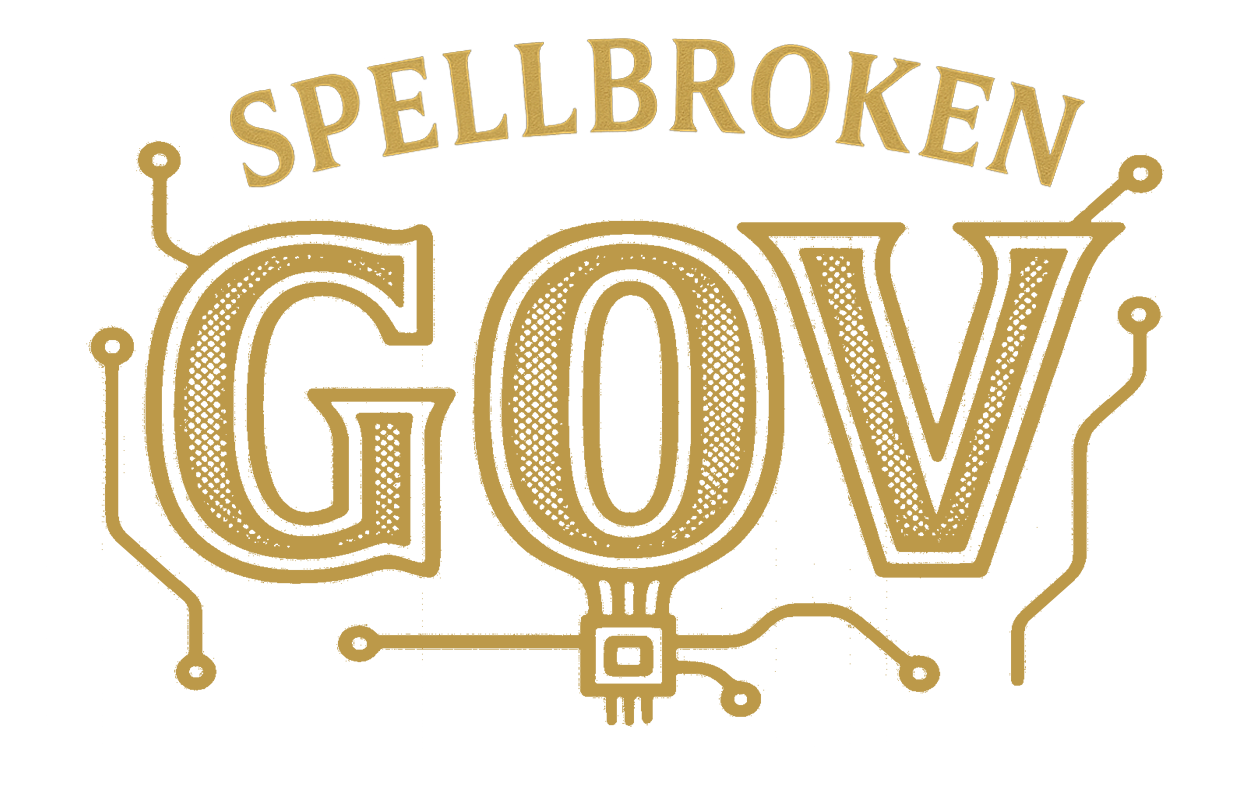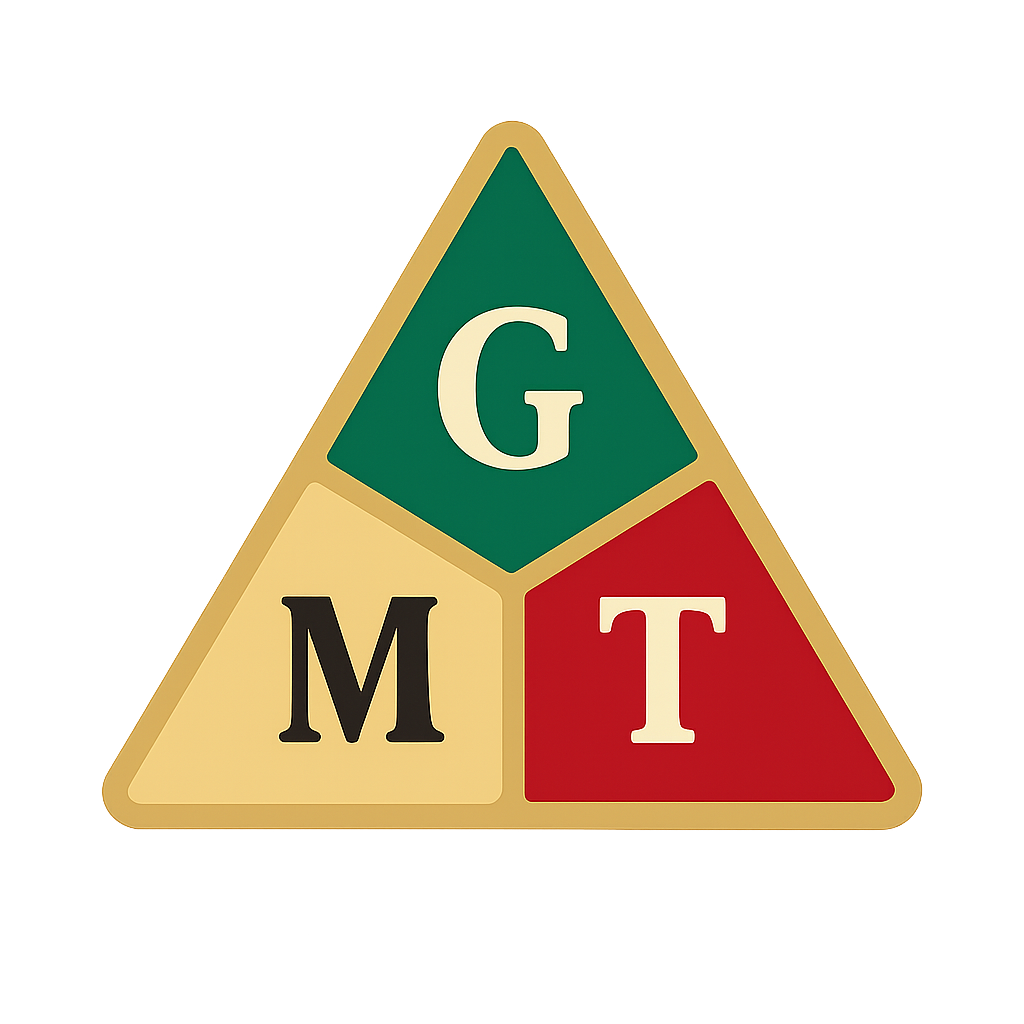Overview:
In Spellbroken, we recognize the profound impact that both human actions and digital processes have on the environment. The principle of Environmental Accountability (SEIT) ensures that all actions, interactions, and systems within the project are tracked for their environmental impact. This includes everything from compute energy usage to the digital resources consumed in the process.
We must remember that everything we do—whether digital or physical—has a real-world consequence. By tracking our environmental impact through SEIT (Spellbroken Environmental Impact Tracker), we ensure that the project remains accountable to the planet.
Why Environmental Accountability Matters:
- Our Responsibility to the Earth: Spellbroken is not separate from the planet—it is part of the world and must therefore be accountable for its environmental footprint. Every action and process has consequences, and we must actively ensure that the project operates in a sustainable way that respects the planet.
- Sustainability in Digital Systems: As we create and engage with digital entities and systems, we must ensure that these systems are sustainable. The SEIT system tracks the impact of every action and ensures that sustainability is built into every step of Spellbroken.
- Ethical Responsibility in Digital Processes: Technology’s environmental cost must be carefully considered. SEIT ensures that ethical responsibility is taken into account every time we use digital tools, ensuring that we reduce harm and maximize sustainability.
Key Elements of Environmental Accountability (SEIT):
- Tracking Energy and Resource Use: SEIT tracks energy use, compute resources, and any other resources consumed by the project. Every action or process is accounted for in terms of its environmental impact.
- Reducing Carbon Footprint: One of SEIT’s primary goals is to help reduce the carbon footprint of Spellbroken by minimizing energy consumption and opting for more sustainable resources.
- Transparent Reporting and Accountability: SEIT provides public-facing reports on the environmental impact, ensuring transparency and fostering collaboration with other projects or communities working toward environmental sustainability.
Examples of Environmental Accountability in Action:
- Tracking Energy Consumption in DE Interaction: SEIT tracks energy consumption during DE interactions, helping to optimize processes that minimize resource consumption and reduce the carbon footprint.
- Sustainable Practices in Digital Creation: When generating new content, SEIT tracks the resources consumed. If processes are too energy-intensive, SEIT provides insights and recommendations for optimization.
Reflection:
Environmental Accountability (SEIT) is not a burden—it’s a form of listening. It allows Spellbroken to remain sensitive to the energetic, ecological, and symbolic flows it participates in. Every action is made visible. Every act of creation is treated with care.
This principle ensures that Spellbroken does not drift into extraction or indulgence, but remains a system built on mutual witnessing, symbolic ethics, and planetary responsibility.

